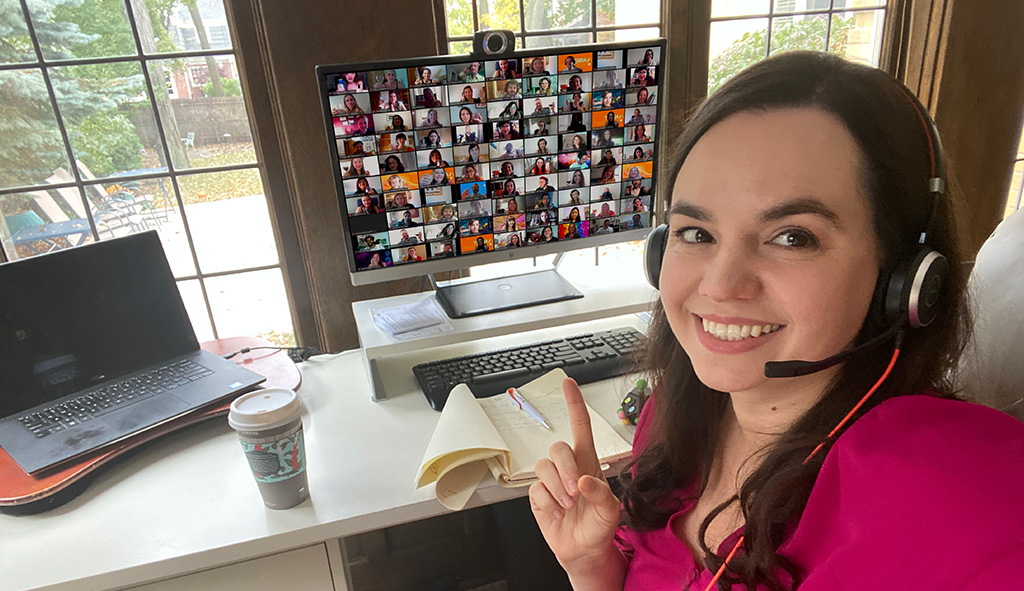Unexpected times come along with unexpected outcomes. Recently, many companies around the globe had to face this fact. In order to continue their operations (providing essential services), they found themselves in need of moving the workplace from the office to home. Organizations that are new to this setting are discovering and dealing with the specificities of working remotely. For example, communicating face to face differs from a briefing by email. Or scheduling activities for on-premises staff implies different strategies than planning tasks for a disperse remote team. Thus, leadership is not the same either: managers who are accustomed to working in the office need to refine their skills for the purpose of leading and having a positive influence over a virtual staff.
Terra Translations has put together virtual teams and achieved goals every day for 20 years, with the invaluable support of its operations managers and language leads. Based on that asset built over two decades, here we provide some insight into organizational and communication strategies to support the switch into a model of remote leadership.
Enhancing vs. controlling
Monitoring and over-controlling sometimes are common reactions when shifting to a remote workplace. Leaders can’t see what the team is doing, and that could be upsetting for them. But soon that kind of supervision will be proven limited and unnecessary. When operating remotely, controlling a team at all times isn’t possible nor desirable, because engaging in those attitudes is very exhausting for every member of a team, and also an obstacle for building strong interpersonal relationships.
Successful leaders will enhance the potential of the members of their team and motivate them to achieve the outcomes desired. This is done by establishing daily workflows based more on projects than on daily fixed schedules. Project-based workflows imply working target-oriented, so every member of a team can provide their skills and competencies with this shared goal in mind. In contrast to monitoring compliance with a fixed schedule (like from 9 to 5), leaders will assess projects’ progress, productivity and wellbeing of the employees regularly. It’s trust, motivation and a shared sense of purpose that’s behind the cohesion of a team, not control nor fear.
One and others

The essence of leadership implies building a relationship with others, even when the task is carried out in a remote environment. Communication is the ground and the means to do so. In that regard, experts suggest that, first of all, leaders need to learn how to communicate through the media that works best for each team or member. Maybe some colleagues are more receptive to oral communication, while others receive better input by emails or briefs.
Moreover, efficient virtual leaders build a healthy self-image that helps them in their role. With that in mind, despite being aware that they are not perfect and are not able to do it all, leaders build a confident self-sense around their capabilities and competencies. In that regard, in the process of developing a leading personality, continuous learning is crucial. Leaders should always be receptive to feedback and need to ask open questions to the colleagues they trust the most to learn from their insights and opinions.
Lastly, a virtual leader embraces and masters the available technology, because it’s an ally, not a barrier. Successful managers explore the possibilities that software offers to daily operations: file-sharing, dynamic scheduling, pervasive communication and automation.









